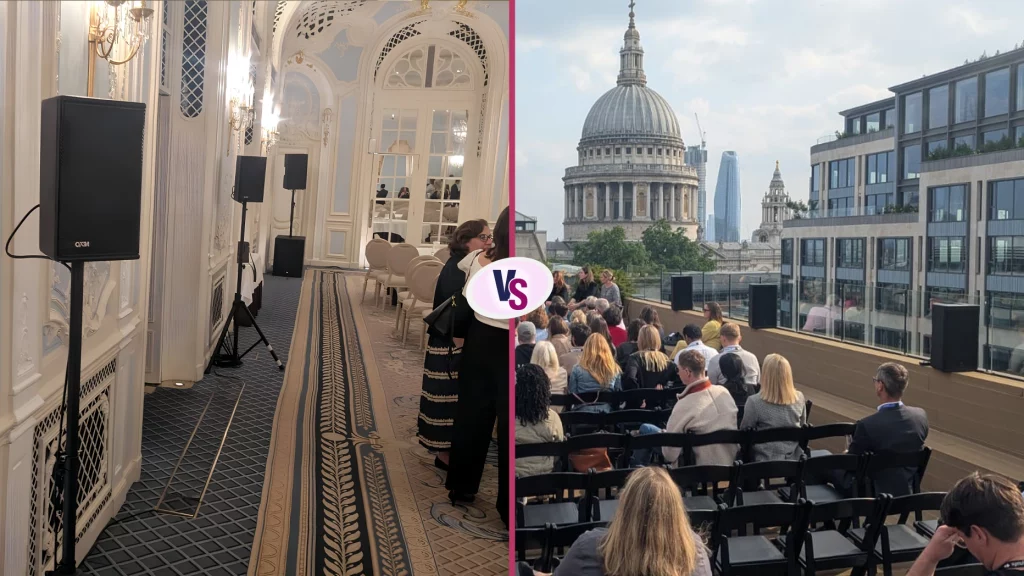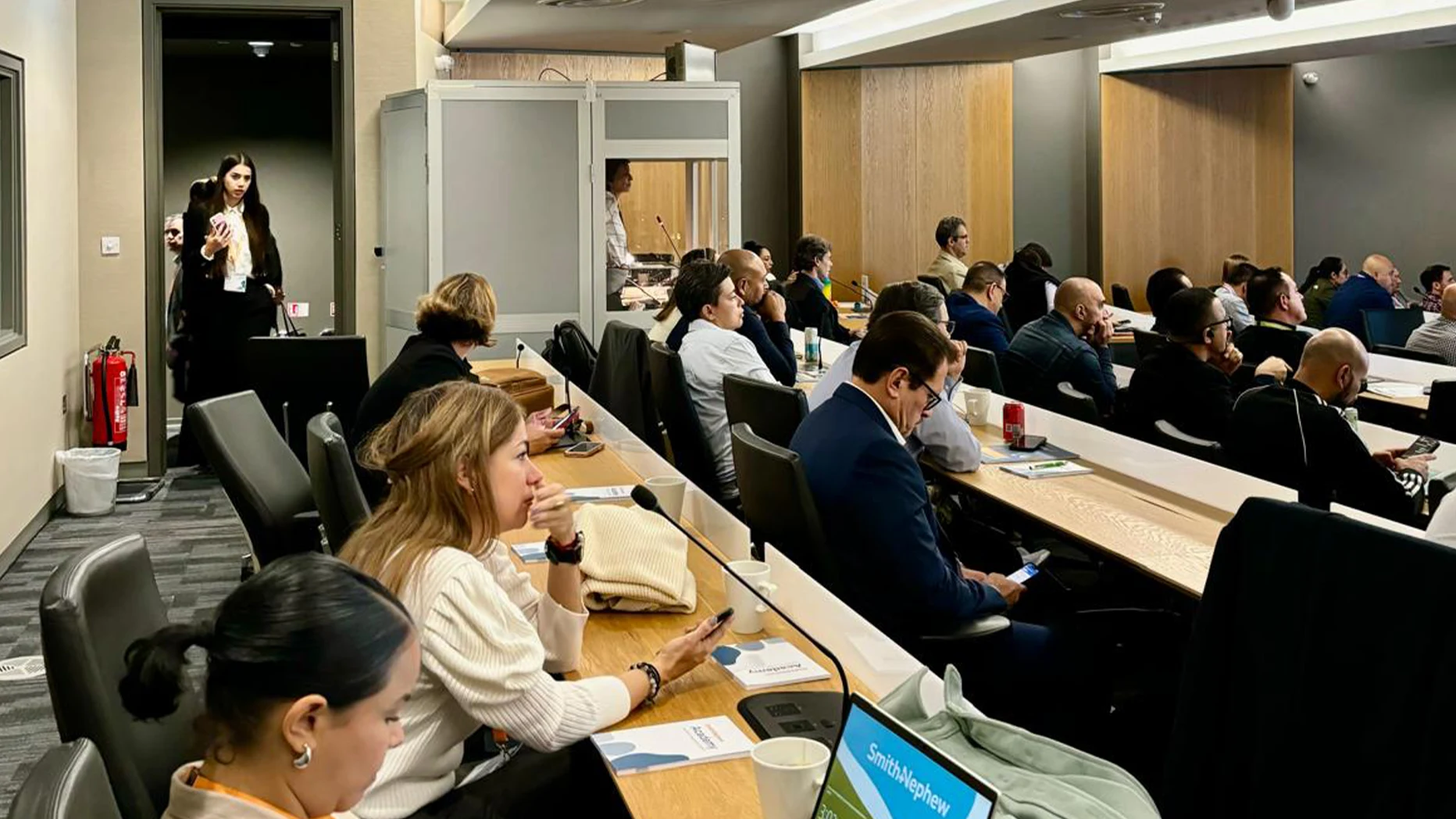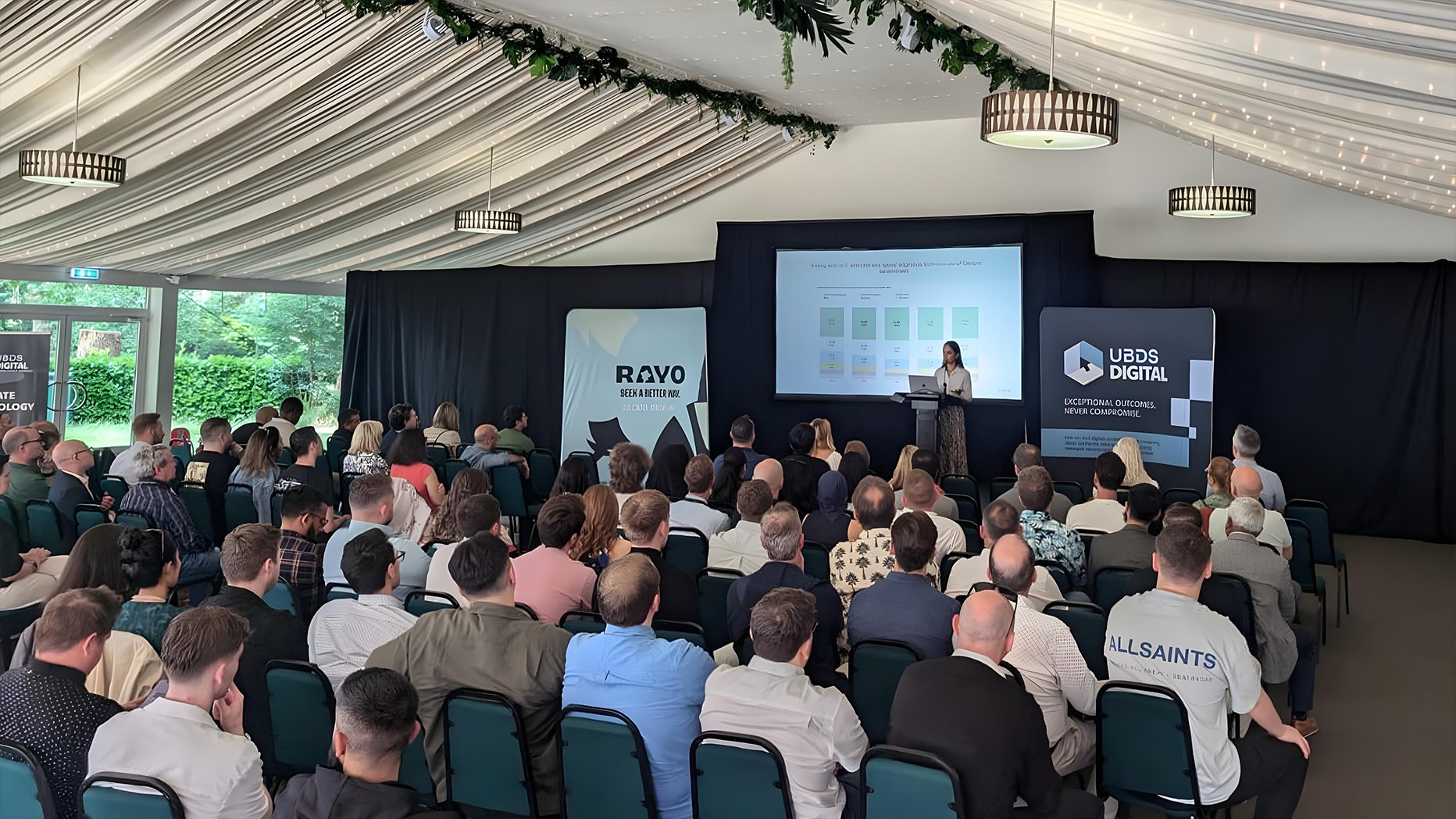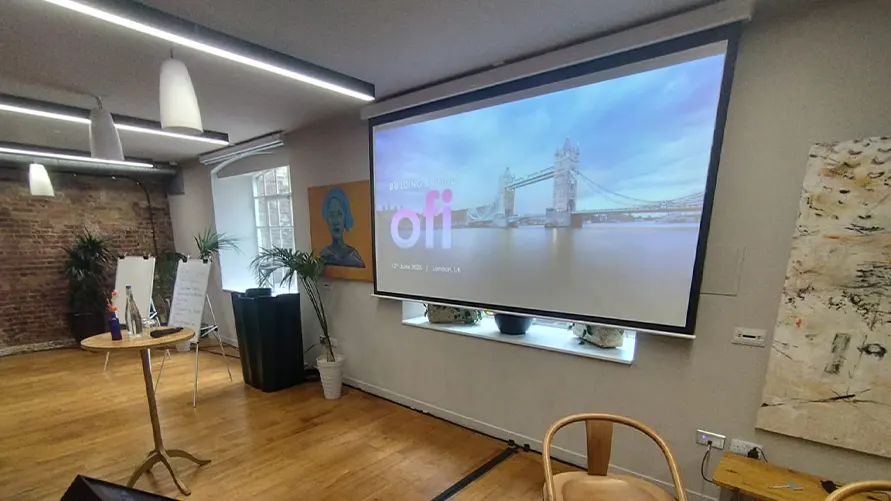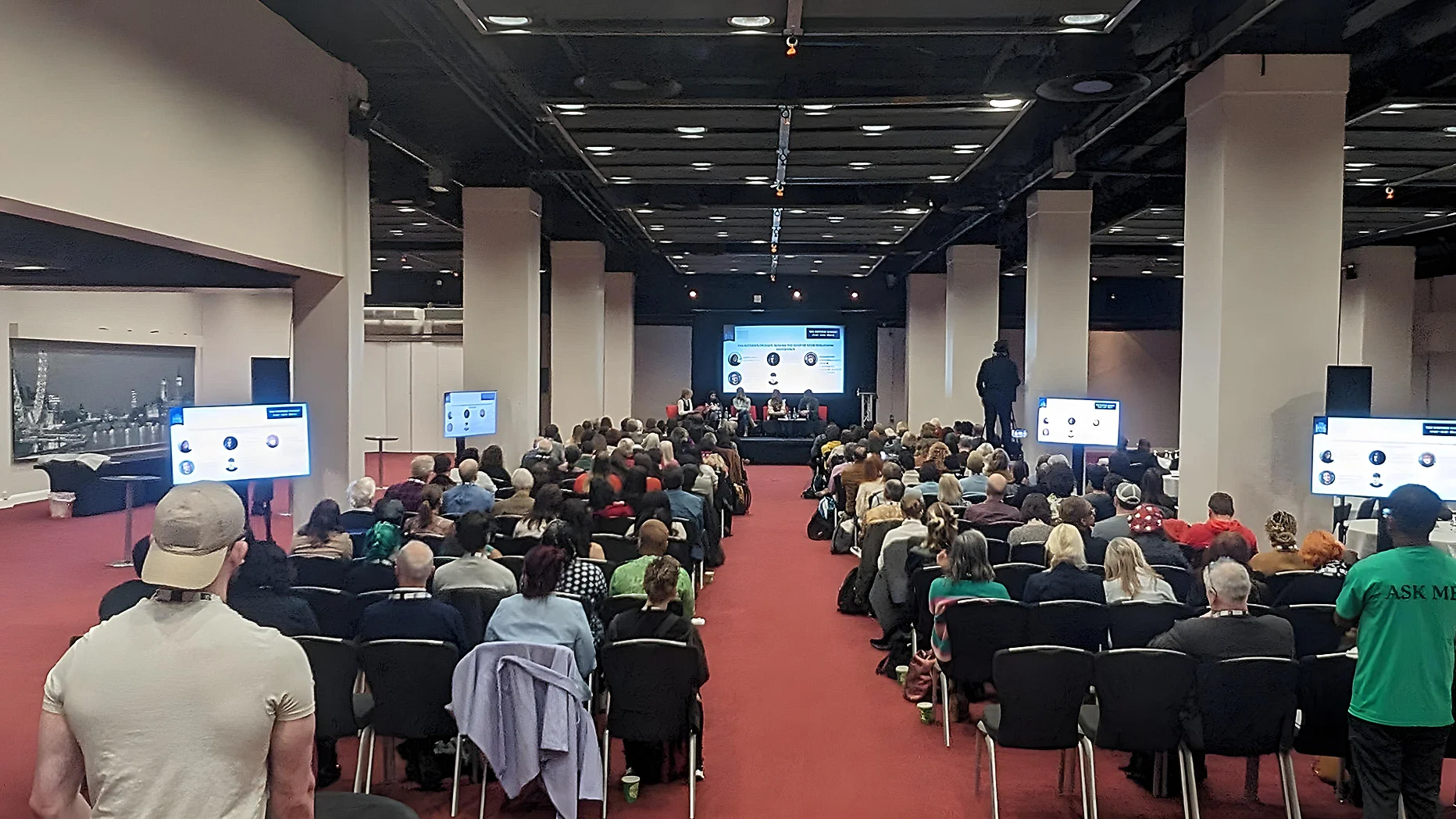Indoor and outdoor sound systems are not the same, and every event planner must know “WHY.” Indoors, the challenge is echoed and uneven sound.
Outdoors, it’s open air, wind, and weather. Choosing the wrong system can ruin an event, and the right one can make your events unforgettable.
If people can’t hear well, they can’t connect, and that’s the fastest way to lose them. In a London ballroom, a corporate conference, or a summer party festival, the sound system decides how people listen, connect, and respond.
According to AVIXA, a large share of event complaints are about poor audio. That’s why smart planners treat sound as a top priority. Flawless sound builds trust, delivers memorable moments, and keeps clients coming back. Nothing is remembered more than the feeling of flawless sound.
Indoor vs outdoor sound systems: quick comparison
Indoor and outdoor sound systems may look alike, but they perform in very different ways. The quick comparison below shows the main differences every planner should know before choosing.
| Feature | Indoor Sound Systems | Outdoor Sound Systems |
| Sound Levels (dB) | 75–95 dB (comfortable, avoids echo) | 95–110 dB (powerful, wide reach) |
| Speaker Setup | Small speakers, ceiling mounts, line arrays | Large line arrays, subwoofers, delay towers |
| Power Needs | Lower wattage, fewer amps | High wattage, multiple amps, backup generators |
| Acoustic Challenges | Echoes, reflections from walls | Wind, weather, background noise |
| Equipment Size | Compact, hidden setups | Large rigs, weatherproof gear |
| Setup Time | 1–3 hours | 4–8+ hours |
| Budget Impact | Lower costs | 30–50% higher |
| Event Examples | Seminars, trade shows | Festivals, concerts, sports |
Detailed difference between indoor vs outdoor sound systems
Indoor and outdoor sound systems may share the same goal of clear audio, but they work in different ways. From power and coverage to acoustics and equipment, knowing these differences helps event planners pick the perfect setup for any venue.
1. Acoustic control
The first in our list is acoustic control. Indoor systems work with walls, ceilings, and floors. These surfaces contain sound but also bounce it back. Too much bounce creates echoes. Too little control makes voices sound muddy. The Audio Engineering Society (AES) found that poor acoustic control is one of the top three reasons people leave indoor sessions early.
Outdoor systems face the opposite issue. With no walls, sound escapes into the open air. This prevents echoes, but means the system must work harder to cover large spaces. The weather adds more challenges. Wind pushes sound away, and humidity softens clarity. That’s why most outdoor events demand more skill and power.
| Pro tip: For large indoor spaces, use many small speakers around the room. Do not blast sound from the front. This spreads sound evenly and avoids echo. |
2. Audience size
Indoor venues have fixed capacities. A conference room may hold 200 people. A theatre may hold 1000. This makes indoor sound setups easier to design with precision.
Outdoor audiences are harder to predict. A local concert may draw 500 people or 5000 if the weather is good. Outdoor systems need scalability. More speakers, subwoofers, and line arrays may be added without losing sound balance. AVIXA research shows that outdoor events need 40% more audio coverage than indoor events of the same size.
| Pro Tip: Design outdoor sound for the “larger crowd.” It is better to lower the volume later than to be unprepared. |
3. Volume needs
Indoor sound needs balance. Too low, and voices get lost. Too high, and echoes or feedback follow. Clear, comfortable sound is the goal. Outdoor sound needs more power. The system must cut through wind, chatter, and open space. Outdoor setups often run at higher decibel levels. But too much can tire the crowd or upset neighbours. Planners must also follow local sound laws.
| Pro Tip: Check city sound rules before planning outdoor events. Fines for breaking noise laws can shut down events. |
4. Microphone issues
Indoor microphones often fight feedback. This happens when sound loops back into the mic, creating a loud squeal. Good mic placement and high-quality mixers reduce this risk.
Outdoor microphones face wind noise. Even light wind can block voices. Outdoor events often use foam windscreens or special directional mics.
5. Power and setup requirements
Indoor setups have built-in outlets and steady power. Venues are designed for events, so setup is usually fast and simple.
Outdoor setups often need generators. Long cable runs may also be required. Power stability is critical.
6. Budget differences
Indoor systems usually cost less. Smaller setups need fewer speakers, amps, and crew.
Outdoor systems cost more. Weatherproofing, scaffolding, and backup power add to expenses. Costs may double or triple compared to indoor setups. Cutting costs here often leads to weak sound or unsafe rigs.
| Quick Tips: Add 10-15% of your AV budget for emergencies. Extra cables, spare mics, and backup gear can save your event. |
7. Safety and regulations
Indoor safety risks are simple: cable trips and fire codes. Venues usually help with these standards.
Outdoor safety is more complex. Tall towers, wind hazards, and local noise laws all matter. Permits may also be needed for large setups. Skipping these steps risks fines or even shutdowns. If you plan to run outdoor events, make sure to check local permit rules at least 60 days in advance. Approval can take weeks.
8. Audience experience
Indoor audiences want intimacy. They expect clear, personal sound as if the speaker talks only to them. Echoes or muffled voices quickly break that feeling. Outdoor audiences want energy. They want sound that fills the air and unites the crowd. Balanced coverage is critical so everyone enjoys the same quality, no matter their spot.
Why these differences matter
Indoor and outdoor systems are not just technical details. They are business decisions. Clients judge events by how well the audience connects. Poor sound means poor reviews and fewer bookings. Great sound builds trust and repeat business.
Every event comes down to one truth: people remember how they felt. Clear, powerful sound creates feelings of unity and joy. Mastering sound setups means mastering audience experience.
Common risks and smart solutions for indoor and outdoor events
Indoor events often struggle with echoes, muffled voices, or uneven sound across the room. A speaker at the front may sound clear, while those in the back strain to hear.
Smart placement, acoustic treatment, and lapel mics solve this. With expert tuning, AV Productions ensures every corner of the room hears the same clear sound.
Outdoor events face drifting sound, weather damage, and power cuts. Solutions include weatherproof gear, strong line arrays, backup generators, and angled speaker setups. Local rules also play a role. Professional planning ensures the sound reaches the audience without disturbing homes.
By fixing these risks early, planners protect their reputation and deliver smooth experiences.
Wrap up
You are well aware that indoor and outdoor sound systems differ in terms of acoustics, audience size, volume, microphones, power, cost, safety, and overall impact. Outdoor setups demand scale and strength. Both require skill and planning.
Working with specialists like AV Productions makes this easier. With over 30,000 AV tools and expert teams, they provide flawless sound for global events. From conferences to festivals, they supply everything.
Sound is not background. It is the main stage. When planners get it right, they do more than run events. They create unforgettable moments.
